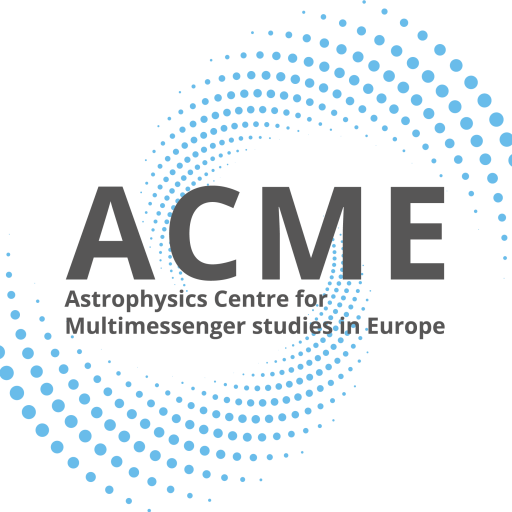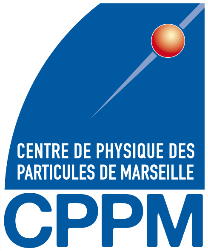The Centre de Physique des Particules de Marseille (CPPM), located on the Luminy campus, is a high energy experimental physics laboratory involved in the fields of Particle Physics, Astroparticle Physics and Cosmology. CPPM is under the supervision of CNRS and Aix-Marseille University. It hosts about 200 people, including about 40 researchers, 70 engineers and 40 PhD students. Concerning Astroparticle Physics experiments, members of CPPM are involved in H.E.S.S, CTA, ANTARES, KM3NeT, SVOM, LSST, SNEWS. In particular, CPPM is strongly involved in neutrino astronomy for more than 25 years. It was the host laboratory of the ANTARES neutrino telescope, and it is currently the host laboratory of the KM3NeT/ORCA detector which is under construction in the Mediterranean Sea offshore the French coast of Provence.
Main contact for TNA call: Vincent Bertin
Available expertise
In the context of ACME, the Neutrino team of CPPM offers expertise on data analysis for neutrino astronomy and multi-messengers analyses. At CPPM, we have implemented an online analysis platform of ANTARES data, performing real time analysis of the detector data stream and delivering neutrino alerts to external observatories, that have been operational for about 15 years. This platform also performed online searches of correlation of neutrino events with external triggers. Our team has insured the development, the evolution, the maintenance of the online platform and its operation.
For the last years, the CPPM team is strongly involved in the development of a similar online analysis platform and neutrino alert system for the data stream of the KM3NeT experiment.
We can therefore provide expertise and support for any neutrino astronomy analysis, in particular exploiting the public data release of ANTARES and KM3NeT, or the use of the online neutrino alert data.
Involved scientists
Vincent Bertin is the leader of the Neutrino group at CPPM. He works in the field of neutrino telescopes since the creation of the ANTARES experiment in 1995. He has great expertise in hardware, calibration and analysis aspects of ANTARES as being over the past years, coordinator of the positioning systems, coordinator of the calibration systems, coordinator of the Dark Matter analyses. In particular, he was responsible for the ANTARES positioning system and he is now a key member of the positioning team of KM3NeT. He had also an active role in the alert sending program of ANTARES.

Damien Dornic is involved in the ANTARES and KM3NeT Collaborations since 2006. During this period, he has developed a large expertise in the neutrino astronomy. He was coordinator of the multi-messenger analysis group in ANTARES between 2012 and 2017 and coordinator of the multi-messenger & transient analysis group in KM3NeT between 2017 and 2020. Between 2020 and the beginning of 2025, he was convener of the astronomy group of KM3NeT. He is currently the deputy-spokesperson of the KM3NeT experiment, and a coordinator of one work package of the ACME project. He was the main developer of many neutrino astronomy analyses to look in particular for transient and variable sources, as well as of the real-time analysis platform of ANTARES. He is also in charge of the implementation of the real-time analysis framework in KM3NeT.
Damien Dornic has been a pioneer in the development of the neutrino follow-up program of ANTARES (named TAToO) and has developed collaborations with plenty of international observatories. Since 2015, he is also a member of the SVOM collaboration to study the multi-wavelength emission of the most intense phenomena in the Universe and to assure the follow-up of the neutrino alerts with the SVOM instruments. In particular, he is mainly working in the construction of the robotic telescope COLIBRI, that is currently being installed in Mexico. In this project, he is mainly coordinating the development of the Instrument Centre and the image analysis pipeline to be able to answer automatically to the SVOM and multi-messenger alerts.
Emmanuel Le Guirriec is a computing engineer at CPPM. He is one of the main developers of the KM3NeT online analysis platform. He is also an active member of the machine-learning sub-group in KM3NeT. He has implemented the machine learning tool used to identify the event classification (neutrino/muon, track/cascade) in ORCA and he is now developing the standard workflow for the training of the different machine learning tools (GNN, CNN, BDT…) used in the KM3NeT Collaboration.




